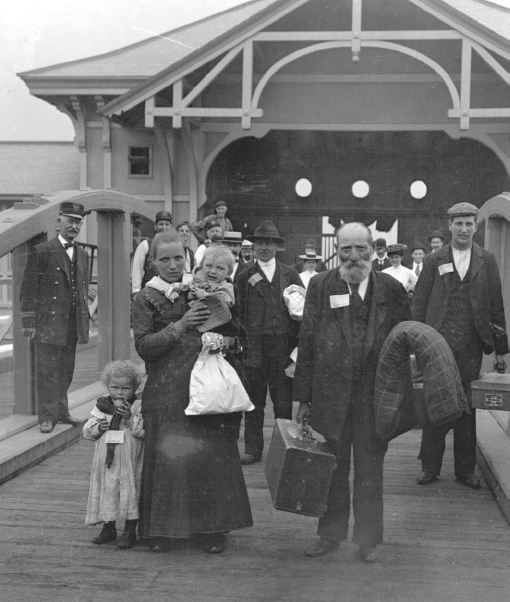Why did American cities experience explosive growth in the late nineteenth century?
Printed Page 548

“WE CANNOT ALL LIVE IN CITIES, yet nearly all seem determined to do so,” New York editor Horace Greeley complained. The last three decades of the nineteenth century witnessed an urban explosion. Cities and towns grew more than twice as rapidly as the total population. By 1900, the United States boasted three cities with more than a million inhabitants — New York, Chicago, and Philadelphia.
Patterns of global migration contributed to the rise of the city. In the port cities of the East Coast, more than fourteen million people arrived, many from southern and eastern Europe, and huddled together in dense urban ghettos. The word slum entered the American vocabulary along with a growing concern over the rising tide of newcomers. In the city, the widening gap between rich and poor became more visible. The gap was made more visible by changes in the city landscape brought about by advances in transportation and technology.
CHRONOLOGY
1880s
- –Immigration from southern and eastern Europe rises.
1890
- –Jacob Riis publishes How the Other Half Lives.
1890s
- –African American migration from the South begins.
1892
- –Ellis Island opens.
1896
- –President Grover Cleveland vetoes immigrant literacy test.
 Movement of populations across large distances such as oceans and continents. In the late nineteenth century, large-scale immigration from southern and eastern Europe into the United States contributed to the growth of cities and changes in American demographics.
Movement of populations across large distances such as oceans and continents. In the late nineteenth century, large-scale immigration from southern and eastern Europe into the United States contributed to the growth of cities and changes in American demographics.